The vacuum cleaner is an essential tool in the battle to keep our homes free from dust, pet hair, allergens, and bacteria. Modern vacuum cleaners are efficient and advanced, and it is even claimed that Black+Decker developed their Dustbuster vacuum due to technology used in the space industry. It doesn’t matter if you own high-tech bells and whistles variety or a more conventional model; they all work to the same basic principle.
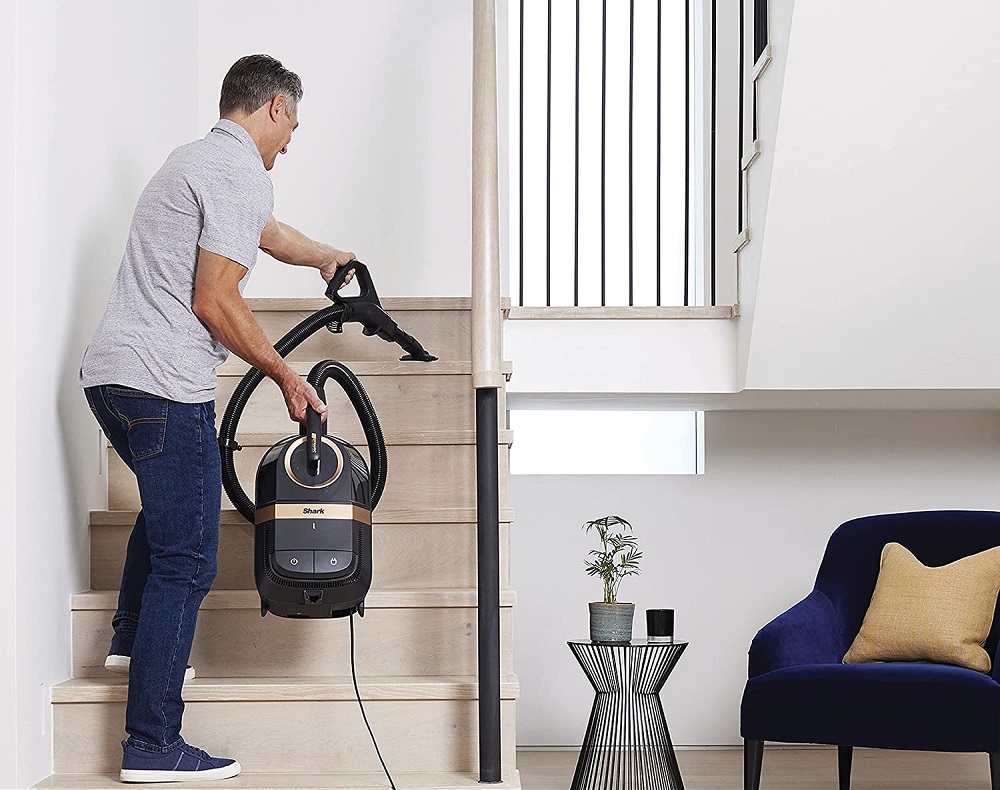
In this article, we take a detailed look at the essential components of a vacuum cleaner and explain what each bit does so you better understand what to do should anything malfunction and need replacing.
How a Vacuum Cleaner Works
Vacuum cleaners operate on the same principle as you sipping a drink through a straw. As you suck the fluid in, the pressure level inside the straw drops below the pressure level outside, creating suction. Here’s a more specific step-by-step breakdown of what is occurring:
- The motor turns the fan, and as the pressure level increases in front of the fan, it drops behind the fan, creating suction.
- The friction created by the constant stream of air being sucked through the intake port and expelled through the exhaust port disturbs any loose dust and debris on the floor. If the pressure levels are correct, that debris is carried into the belly of the vacuum cleaner and deposited inside the bag or dust canister, depending on what model you have.
- Some models employ other devices like rotating brushes to increase friction and remove even more embedded debris from carpets and rugs.
Intake Port
Without the intake port, the vacuum cleaner wouldn’t function. It needs a continuous supply of air is to ensure that suction is created and optimized. The amount of air particles that get drawn through the intake port per unit of time remains constant because the fan’s speed stays the same. If you narrow the intake port with an attachment tool, you can increase the suction power because the same amount of air particles need to get through in the same amount of time, which causes a drop in pressure and an increase in suction.
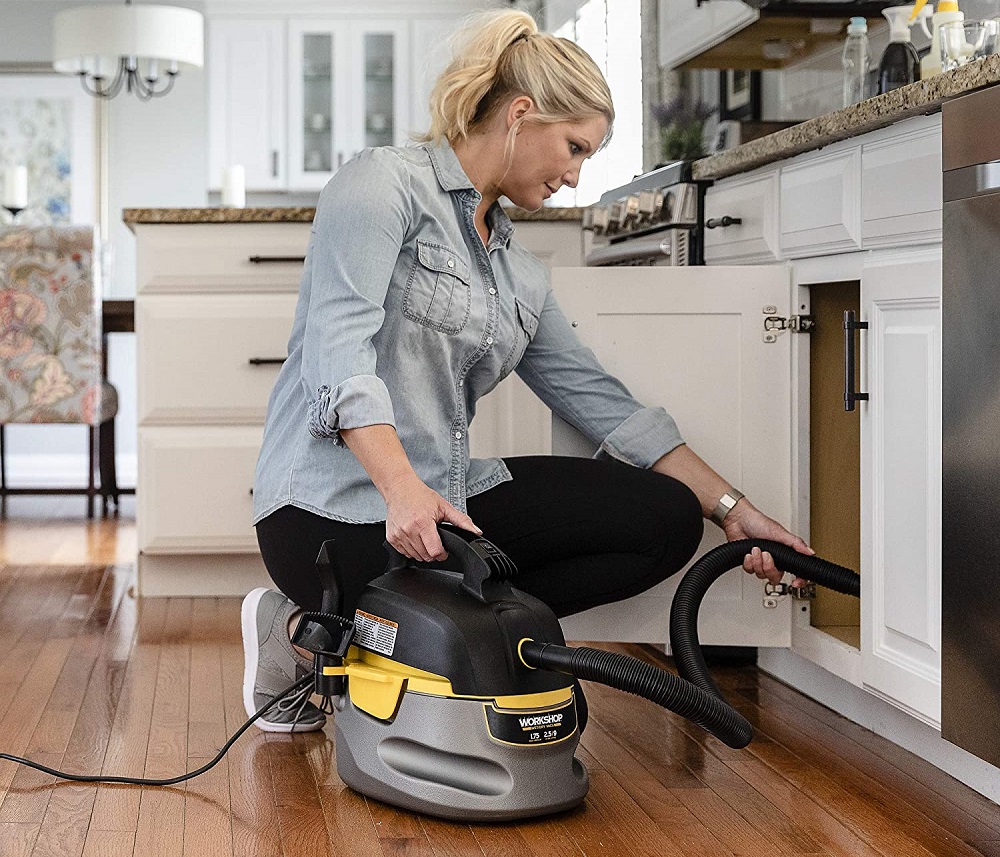
The intake port is also where the friction is created. Most modern vacuum cleaners utilize a rotating brush to disturb the dust. This is particularly useful for tackling pet hair that’s become embedded in the carpet.
Top tip – One sure sign that your intake port is blocked is if you lose suction. Unplug the machine and check for debris blocking the rotating brush and intake inlets.
Exhaust Port
So far we’ve looked at what comes in the front end of the vacuum cleaner, so now it’s time to look at what comes out of the exhaust port because whatever air goes in must come out. Without the exhaust port, the pressure would start to build inside the vacuum cleaner and eventually exceed the pressure created by the fan. This would then push the air back down the way it came in, through the intake port, depositing dust and debris onto your floor.
Top tip – The best way to stop your exhaust port from clogging is to make sure that you empty the cleaner regularly and don’t allow debris to build up inside. Also, keep your filters clean, because what doesn’t get trapped by the filters will find its way inside your machine.
Internal Fan
The fan is a key component because without it the pressure needed to create suction would be lacking. The fan has angled blades, a little like the blades on an aircraft propeller, and as they spin, they suck air through the fan, pushing it towards the exhaust port. As the air is sucked up, the pressure increases in front of the fan and decreases behind, building a strong flow of air to create all that suction power.
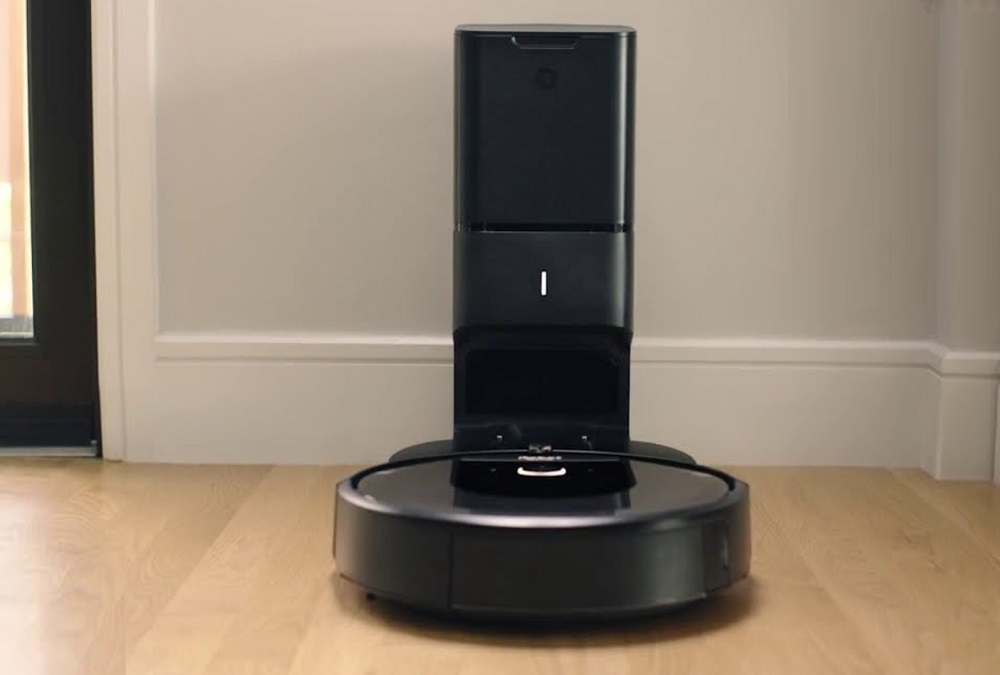
Motor
In addition to the crucial role that the fan plays in creating sufficient suction power, equally essential is the motor. Most vacuum cleaners have motors that operate at around 1600 to 1800 watts, and it’s the wattage that determines the power and how fast the fan blades spin. Even with the best will in the world, you are not going to create strong airflow and suction if you have a vacuum cleaner that has a weaker wattage motor.
When the motor burns out, it often spells the death of the entire machine, but luckily, most manufacturers reserve their most comprehensive warranties for the motor. It is typical, for example, to find a five-year warranty on some of the top models.
Top tip – If you can, take your vacuum cleaner to an authorized dealer and get it serviced just like you would your car. This prolongs the life of the vacuum and motor and keeps you within the guidelines of any warranty that you have.
Drive Belt
The drive belt links the motor with the rotating brush via a cog that turns when the motor is operational. The belt is made from durable rubber, and although it can withstand a lot of use, it is recommended that you change your drive belt every three months. This keeps the vacuum working at optimum performance and prevents the rotating brush and air intake from clogging.
Top tip – The drive belt is one of the most common malfunctions on a vacuum cleaner, so to prevent your vacuum from breaking down, always keep a couple of spares handy.
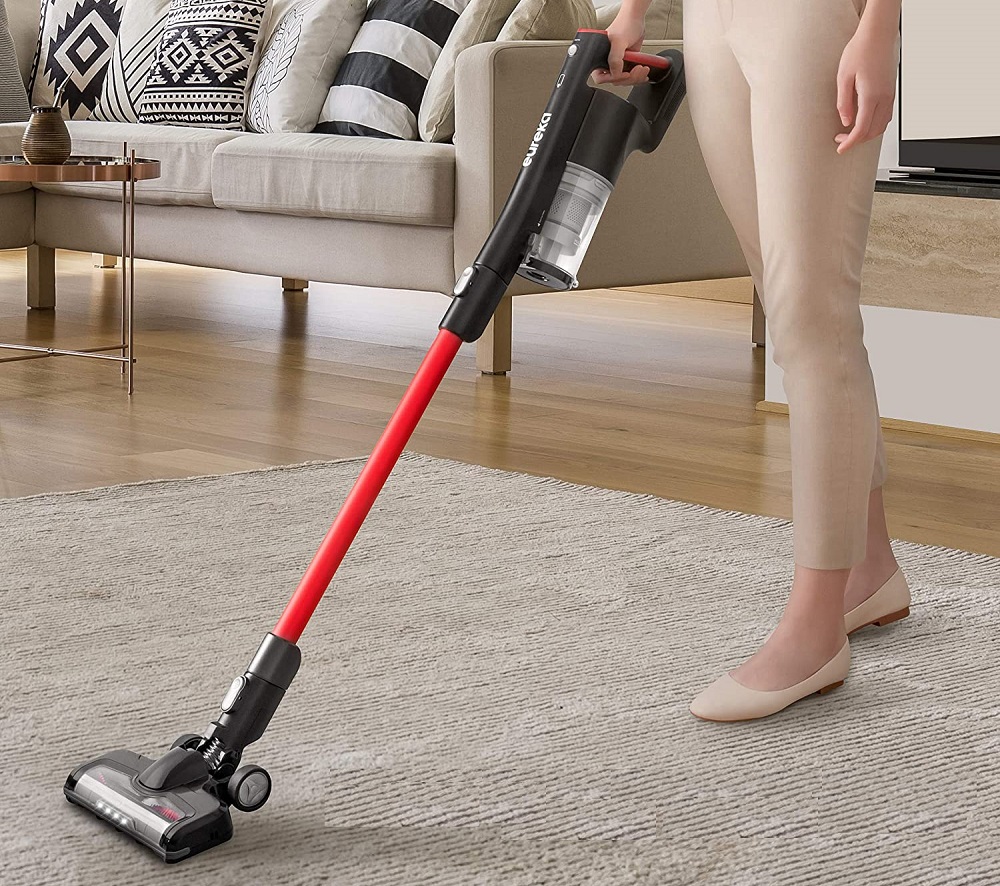
Filter
If you think about the air that flows through the exhaust port and into your home, you wouldn’t want any nasty bacteria and allergens to get blown around your room. For that reason, modern vacuum cleaners come equipped with filters to trap any unwanted bi-product and keep your home free of bacteria. There are basically two types of filters:
True HEPA – True HEPA filters are seen as the benchmark by which other filters are judged. They trap 99.97 percent of bacteria and allergens to a size of 0.3 microns, so they are very effective at removing pollutants from our homes.
HEPA style – Although not as efficient as True HEPA filters, HEPA style filters still trap around 85 to 99 percent of allergens, so they should do an effective job at keeping your home pollutant-free. They vary enormously, though, in how well they perform and also in the size of particles they are able to collect.
Within these two types of filters, there are also two sub-categories:
Washable – These are excellent if you want to reduce your long-term costs and look after the planet by not adding to the landfill. They are reusable once washed and can last two or three years or longer depending on how well you treat them.
Replacement – As the name suggests, these filters have to be changed regularly. On average, depending on how often they are used, replacement filters are only going to last you a couple of months before you need fresh ones. You might be lucky and get a filter that lasts up to six months, but you are still going to have to factor in the ongoing costs.
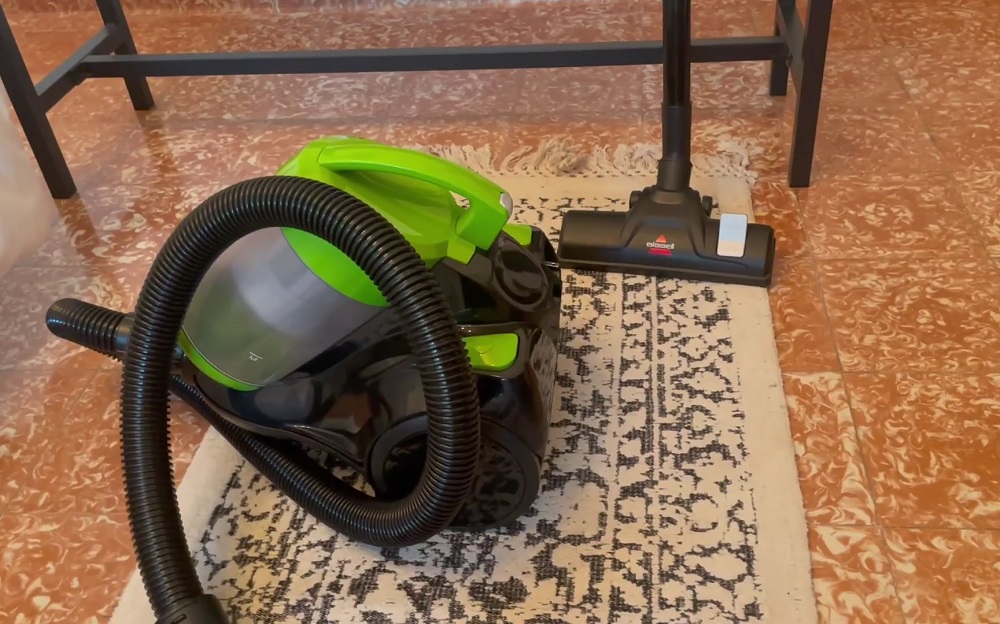
Dust Bag vs. Dust Canister
The dust bag acts as a filter by allowing the air from the intake port to pass through the bag, depositing any debris as it does, but the clever bit is that while the bag is porous, it doesn’t let any of the dirt particles escape. Most dust bags are made from woven cloth or paper, as this is the ideal material to trap the debris but not the air. Once the dirt has been deposited, the air that escapes through your exhaust port should be free from any contaminants.
Not all vacuums have dust bags, especially upright stick models. They use a dust canister, or a dust cup as it’s sometimes called, to trap all the debris. The advantage with a clear dust canister is that you can see when the canister needs emptying, unlike a dust bag, where there is an element of guesswork involved. Operating the vacuum with a full dust bag could lead to a loss of power and suction. The other advantage of a dust canister is that there aren’t any ongoing costs associated with replacing the bag, and you never lose suction because you can monitor more easily as the canister fills.
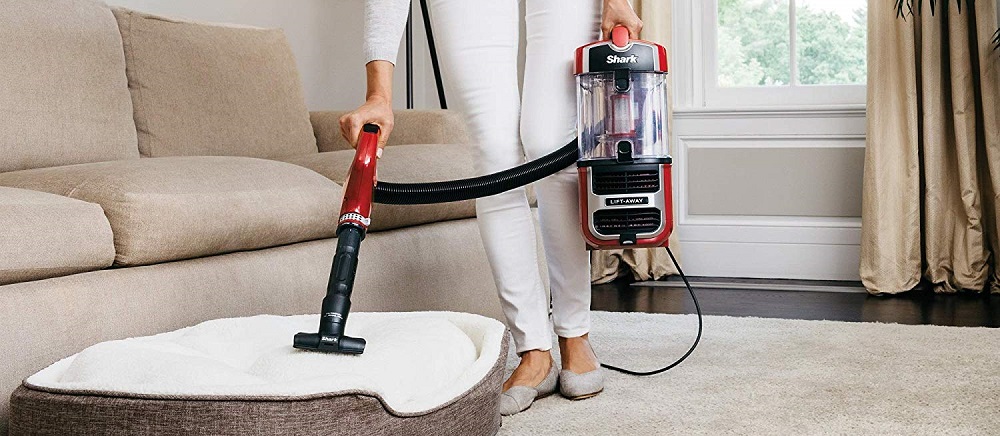
Power Source
So, we’ve covered intake and exhaust ports, fans and motors, as well as filters and dust bags, but the one essential element we have yet to cover is the one thing that all electrical appliances need: a power source. Without power, either through a plug-in cord or a lithium-ion battery, your vacuum and its essential parts would be useless.
Plug-in cards are the most common type of power source and the simplest to use; just plug it into a wall socket, and you are ready to vacuum. The advantage it gives you is that it is instant power, with no waiting for a battery to charge, and it never runs out, meaning that more prolonged spells of vacuuming are possible without the fear that the battery will run flat.
The advantage of battery power is that you can take the vacuum anywhere. That means that if your vehicle interior needs cleaning, you can take the vacuum to the car without requiring any extension leads. When you need to clean the stairs, a cordless vacuum is easier to use because you don’t have to worry about a cord tripping you. Inside the home, you might have to keep unplugging and plugging back in when you go from room to room, as the cord will have limitations. With a cordless battery powered vacuum, no such problems exist.
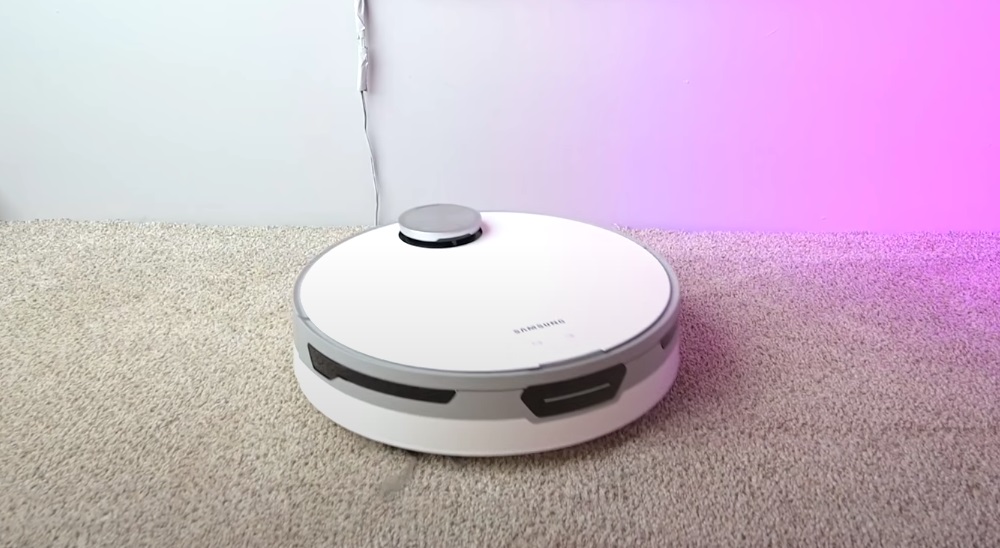
Final Thoughts
For the most part, your vacuum cleaner will have a warranty, so any malfunctions should be sorted directly by the manufacturer. If you suffer a breakdown and the warranty has expired, however, then having a small amount of knowledge about what each part does and whether it can be replaced is a good thing.
Knowing the basics of your vacuum cleaner means that you understand what it does, how it does it, and most importantly, how to keep it working in perfect condition.
